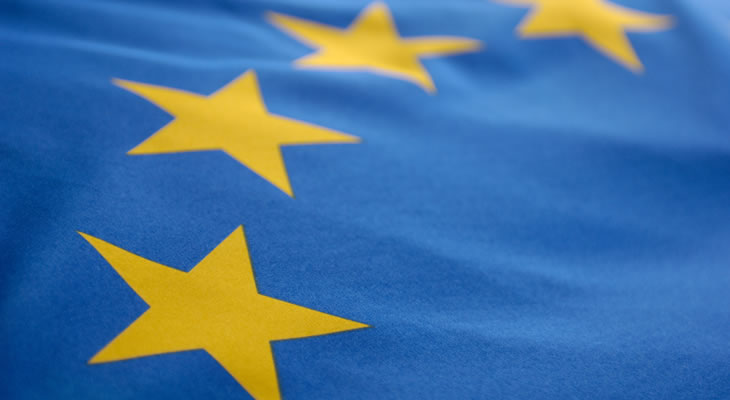Sterling’s improved performance in recent months has been due to hopes that the UK would be able to maintain some kind of access to the EU’s single market following a Brexit, but if that looks increasingly unlikely this year GBP EUR is likely to have another poor year of trade. At the time of writing, GBP EUR was trending in the region of 1.17.
Pound (GBP) Held Back on Long-Term Economic Concerns
Sterling has been boosted by an unexpectedly optimistic manufacturing PMI result this week, but most of those gains were lost by the end of Tuesday’s session as traders began to doubt the long-term importance of the result.
Manufacturing improved from 53.3 to 56.1 despite being expected to drop slightly to 53. This improved hopes that the UK economy was remaining strong, but bearish analysts suggested that UK consumer and services sectors were more likely to be hit negatively by the change in Sterling’s value.
Long-term concerns worsened on Tuesday afternoon when experienced UK-EU ambassador Sir Ivan Rogers stepped down from his role. While he was due to quit in October anyway, some saw this as a blow to early Brexit negotiations as Rogers was highly knowledgeable on the EU.
Euro (EUR) Demand Low Amid 2017 Political Fears
Evidently, both the Pound and Euro are trading heavily in relation to long-term outlooks this week.
The Euro in particular has been weak since late-2016 on fears that the rise of populist politics in Britain and the US would lead to a rise in the Eurozone too. The Euro continued to perform poorly on Wednesday due to these concerns.
This has been despite this week’s Eurozone data being widely impressive thus far. Tuesday saw the publication of Germany’s December unemployment figures, which showed unemployment fell by an impressive -17k.
The German Consumer Price Index (CPI) also beat expectations according to December’s preliminary figures, rising from 0.8% to 1.7% year-on-year; its best result since 2013.
Wednesday’s data also impressed, with the Eurozone’s final December services and composite PMI results beating preliminary figures. Services beat projections of 53.1 and came in at 53.7, while the overall composite result improved from 53.9 to 54.4.
Pound Euro 2017 Long-Term Forecast: Downside Movement Still More Likely in 2017
It should be stressed that a lot of the reason for the Pound’s improvement in recent months has been hopes for a softer Brexit that may allow the UK to maintain access to the single market in some form.
The less likely that seems the weaker Sterling will become and with the Brexit process set to begin in full in a matter of months uncertainty is still high.
However, another reason for Sterling’s improvement is the same reason the Euro has been weakening.
Following the Brexit vote, the UK’s nationalist vote was seen as an outlier but, following the US election vote for protectionist Donald Trump, that is no longer the case.
Concerns that the Eurozone could also vote for more nationalist politics have not just left the Euro outlook worse but have also meant Britain could be less of an outlier.
As a result, if this year’s Eurozone general elections lead to an increase in popularity for populist nationalist parties, the Pound to Euro exchange rate may actually improve this year.
Currently the more likely scenario, however, is that analyst expectations of a slowing UK economy and likelihood of a hard Brexit means the long-term GBP EUR forecast is to the downside.
GBP EUR Interbank Rate
At the time of writing, the Pound Euro 2017 exchange rate trended in the region of 1.17, while the Euro Pound exchange rate traded at around 0.85.


Comments are closed.